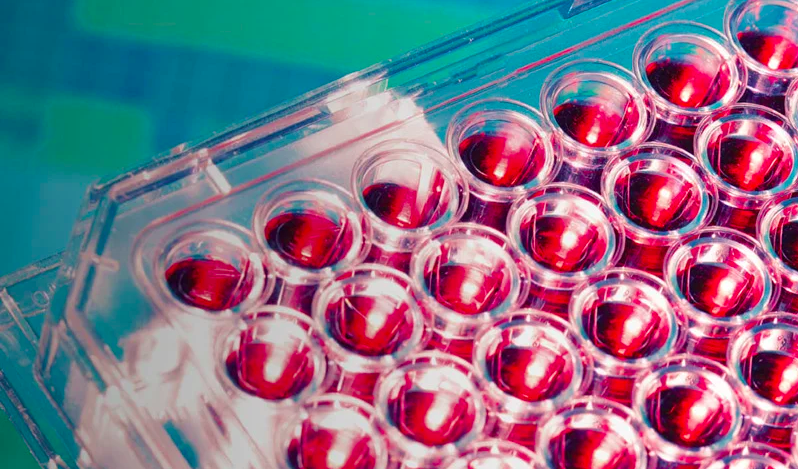Sexual Health | Bacterial STIs and related conditions | Ano-rectal STIs



Ano-rectal STIs
Session Overview
Description
This session covers the specialist investigation and management of ano-rectal and enteric sexually-transmitted infections (STIs), including the selection of an appropriate range of tests. Appropriate surgical and medical referral criteria will also be covered.
Learning Objectives
By the end of this session you will be able to:
- Recall the prevalence of selected STIs in the rectum in different populations
- Select appropriate laboratory tests for ano-rectal investigation, particularly in acute proctitis
- Specify when to use blind sampling and when and how to use a proctoscope
- Select appropriate anti-microbial therapy for rectal STIs, understanding why this may differ from infection at other sites
- Investigate and manage sexually-associated enteric infections
- Advise patients about the risk of transmission of STIs from anal sex
- Advise appropriate follow-up testing for associated blood-borne viruses
Prerequisites
Before commencing this session you should complete the following:
- Session - 01_11 Examination of Extra-genital Sites (260_0011)
- Session - 02_03 Nucleic Acid Amplification Tests (260_0020)
- Session - 02_04 Diagnosing Gonorrhoea (260_0021)
- Session - 02_05 Diagnosing Chlamydia (260_0022)
- Session - 02_06 Diagnosing Syphilis (260_0023)
Ano-rectal sexual practices make up part of the sexual repertoire for many individuals, including those who enjoy receptive anal intercourse and oral–anal sexual contact.
Men and women may be at risk of sexually transmitted infections (STIs) through this type of sex, and these infections may lead to symptomatic perianal or anal lesions as well as proctitis or enteritis (Fig 1).
Some STIs can infect the ano-rectal region without any direct inoculation. The sexual health practitioner needs to be aware of the clinical spectrum of ano-rectal STIs and the specific diagnostic and management interventions needed to deal with such infections effectively and sensitively.
- Anaesthesia | e-LA Learning Path: Edinburgh Medica...
- Posted By eIntegrity Healthcare e-Learning
- Posted Date: 2025-02-05
- Location:Online
- This session will cover the assessment and treatment of post-operative pain and management of early post-operative nausea and vomiting (PONV).
- Anaesthesia | e-LA Learning Path: Edinburgh Medica...
- Posted By eIntegrity Healthcare e-Learning
- Posted Date: 2025-02-05
- Location:Online
- This session illustrates the importance of effective airway maintenance in the recovery room, why oxygen therapy is required and how it can be safely and effectively administered.
- Anaesthesia | e-LA Learning Path: Edinburgh Medica...
- Posted By eIntegrity Healthcare e-Learning
- Posted Date: 2025-02-05
- Location:Online
- This session describes the function of a recovery facility, the most common problems likely to be encountered in post-operative patients, and makes suggestions for the management of these problems.
- Anaesthesia | e-LA Learning Path: Edinburgh Medica...
- Posted By eIntegrity Healthcare e-Learning
- Posted Date: 2025-02-05
- Location:Online
- This session outlines the basic definitions of local and regional anaesthesia (LA and RA), and advises when to use each as a sole technique and when to use in combination with general anaesthesia (GA). It also covers consent issues, minimal safety standar
- Acute Medicine | Palliative care | Non-drug interv...
- Posted By eIntegrity Healthcare e-Learning
- Posted Date: 2025-02-04
- Location:Online
- This session outlines a variety of non-drug interventions which may be used in an integrated approach to symptom management and enhance quality of life in end of life care. This session was reviewed by Louise Free and Richard Kitchen and last updated in F


